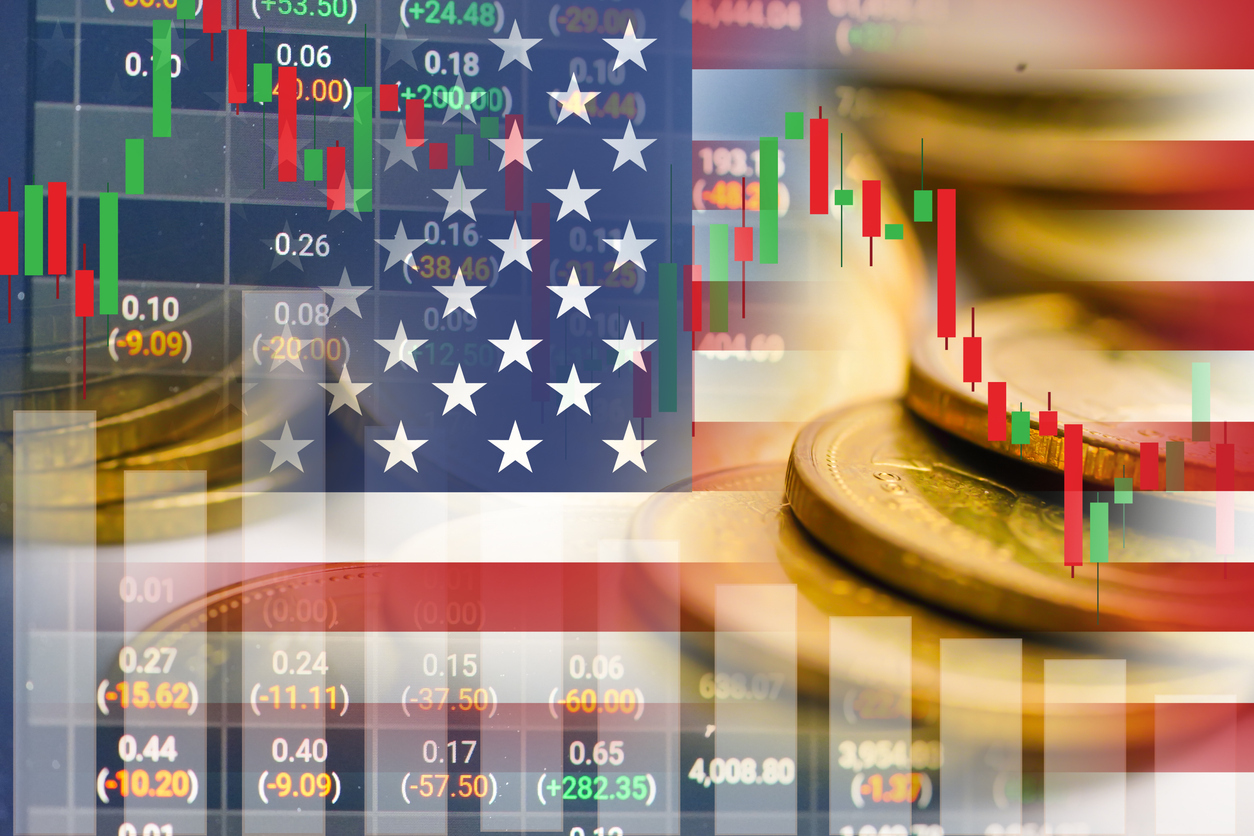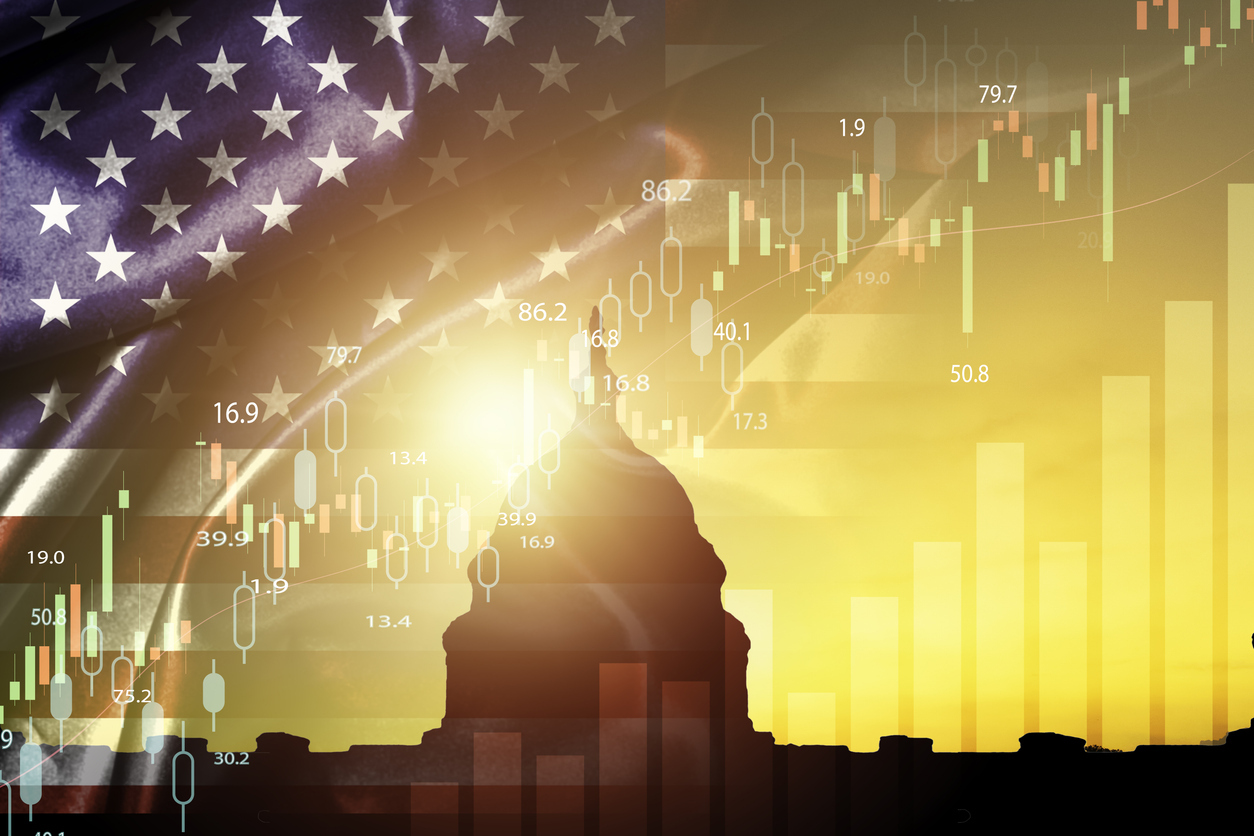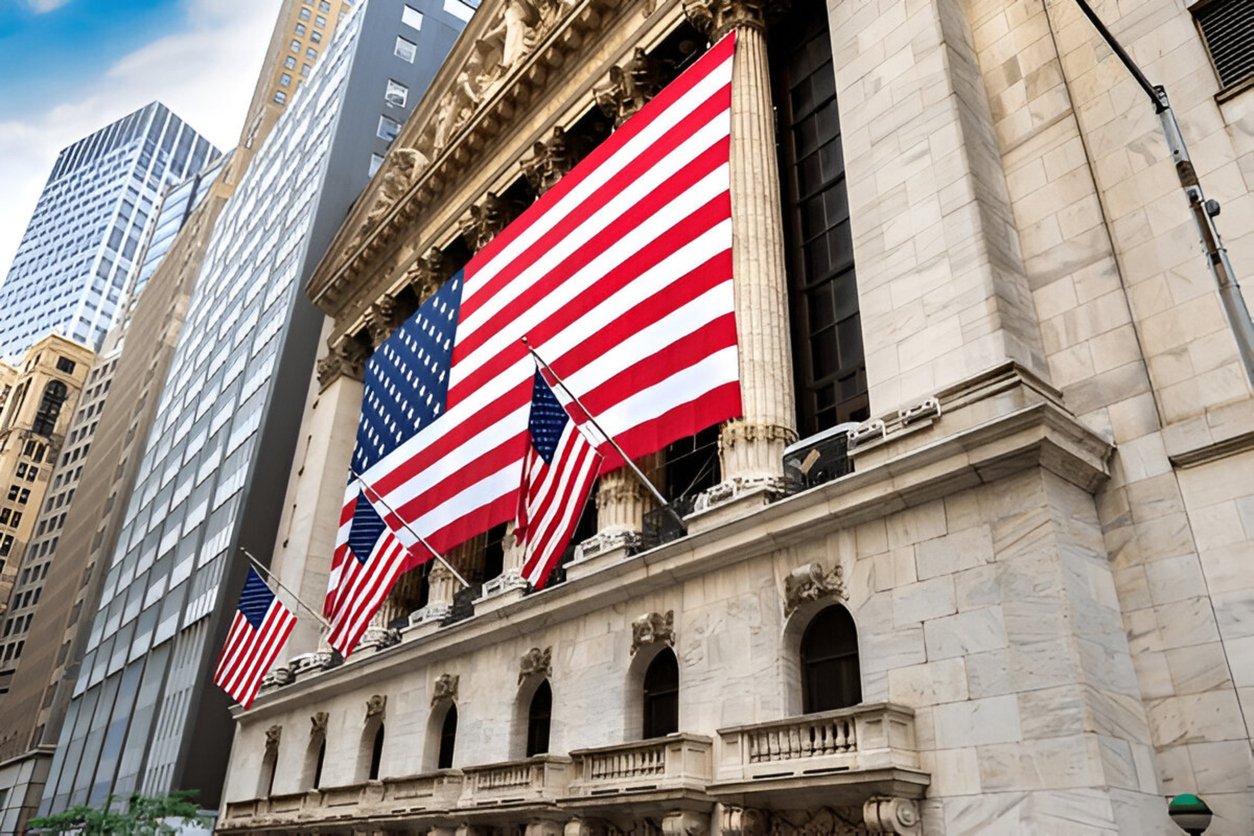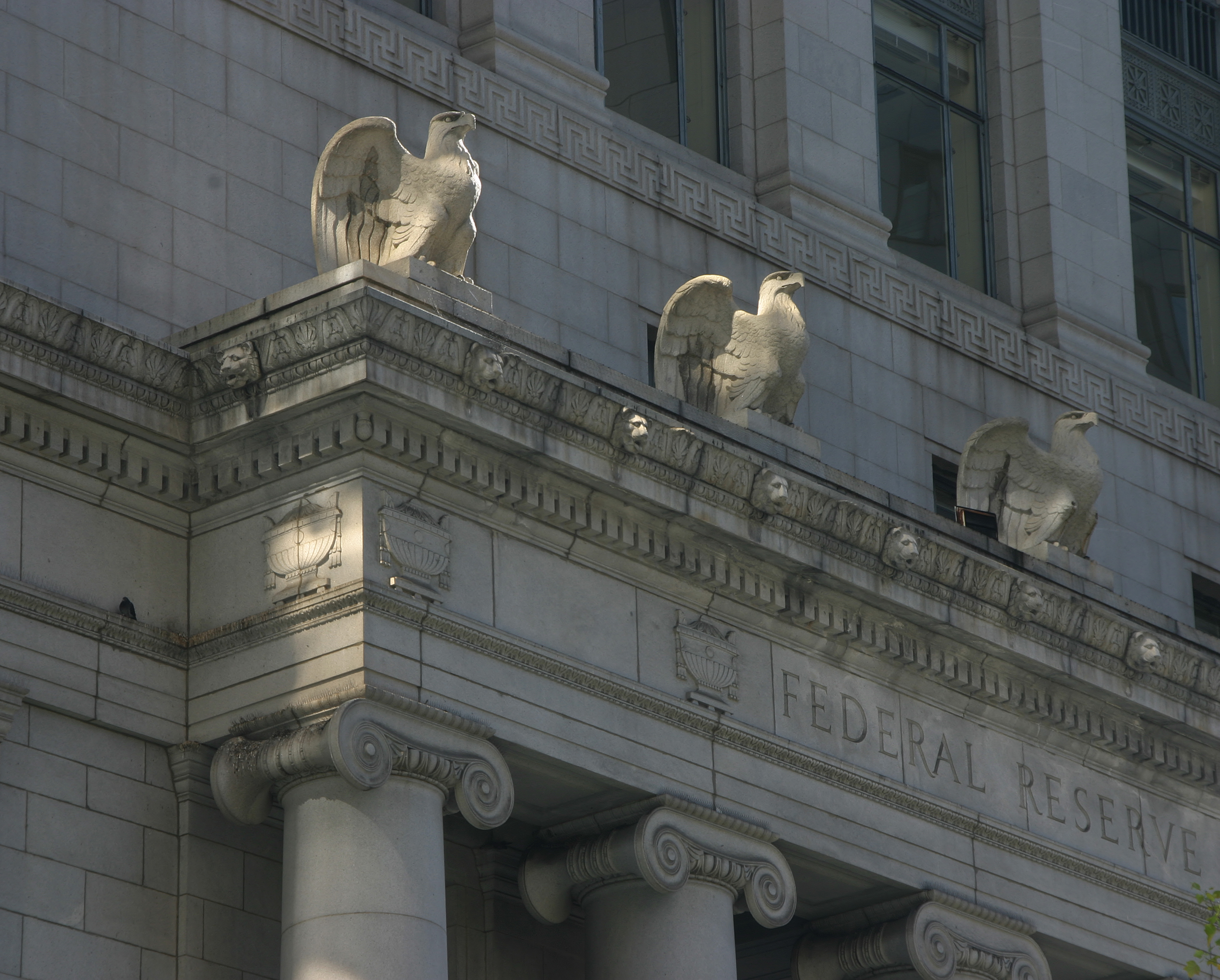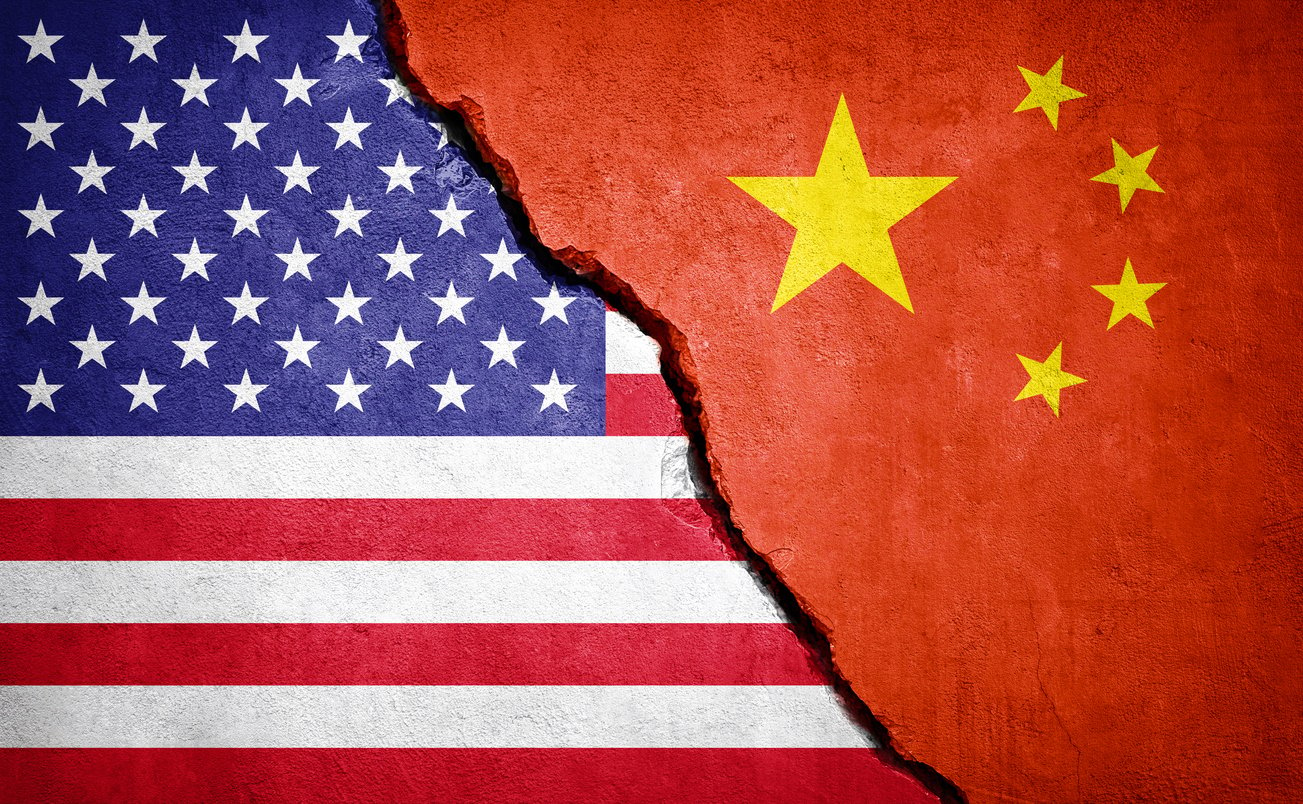The world has witnessed a significant rise in global uncertainty (more so in the last year) driven by a combination of geopolitical tensions, economic volatility, climate-related risks, and technological disruption. Conflicts such as wars, border disputes, and diplomatic breakdowns between major powers have created an atmosphere of unpredictability, affecting everything from global trade to energy supply chains.
The biggest impact has been on defense budgets, particularly among major global powers. The United States raised its defense spending by 3.3%, China by 7.2%, and Russia by a massive 25%; compared to the previous fiscal year — shifts that have had a notable impact on global markets.

The effects are seen in investor behavior, capital allocation, sector dynamics, and broader macroeconomic trends—through both direct and indirect channels. Direct impacts include increased government spending on defense-related industries, while indirect effects may manifest as heightened market volatility, shifts in capital flows, inflationary pressures, and changes in risk sentiment. The interplay of these elements shapes how markets respond in the short and long term. The impact is seen in terms of -
- Spike in Market Volatility
- Global tensions (e.g., war threats, trade disputes, political instability) often trigger fear and uncertainty in markets.
- This leads to a "risk-off" environment, where investors sell riskier assets like stocks and move to safer ones like gold, U.S. Treasuries, or the dollar.
- The VIX (Volatility Index), also known as the “fear gauge,” tends to spike during such periods.
- Sector Rotation
- While broad markets may decline, certain sectors benefit:
- Defense & Aerospace: Lockheed Martin, Northrop Grumman, Raytheon often rally on increased military spending.
- Cybersecurity & AI: Geopolitical tensions push investment in tech security.
- Energy & Commodities: Oil prices tend to rise if tensions disrupt global supply (e.g., Middle East conflicts).
- Investors may rotate into these sectors, leading to sector-specific gains even during broad market downturns.
- While broad markets may decline, certain sectors benefit:
- Short-Term Pullbacks, Long-Term Resilience
- Historically, the stock market has experienced short-term drops during major geopolitical events (like 9/11, Gulf War, Russia-Ukraine war).
- But over the long term, markets tend to recover, especially if the crisis is contained or resolved quickly. Example: After the initial Russia-Ukraine conflict in 2022, the S&P 500 dropped sharply, but defense and energy stocks outperformed.
- Increased Government Spending = Market Liquidity
- While conflict is a negative, increased government spending (especially on defense) can act as economic stimulus, benefiting industries tied to public contracts.
- This can offset bearish sentiment in other sectors and inject liquidity into the market, particularly if central banks remain accommodative.
- Inflationary Pressures
- Increased defense spending often requires substantial government funding, which can contribute to fiscal deficits. If governments choose to finance defense spending through debt issuance, this can lead to rising interest rates and increased borrowing costs in the economy.
- Additionally, the increased demand for goods and services in the defense sector can lead to supply chain pressures, potentially driving inflation. Higher inflation can impact consumer spending and erode purchasing power.
- . Investor Behavior & Sentiment
- Global tensions often cause panic selling, especially among retail investors.
- Institutional investors may use this volatility to rebalance portfolios or buy high-conviction assets at lower valuations.
- Sentiment is driven less by fundamentals and more by headlines, making markets prone to overreaction in the short term.
OPPORTUNITIES ARISING

Though, an increase in defense spending creates an environment of uncertainty, it also presents an opportunity for the resilient. Besides the obvious steps like investing in stocks related to defense & aerospace and companies with govt. defense contracts; investors should look to spread their exposure through:
- Invest in ETF’s like –
- ITA (iShares U.S. Aerospace & Defense ETF)
- XAR (SPDR S&P Aerospace & Defense ETF)
- PPA (Invesco Aerospace & Defense ETF)
- These ETFs provide a diversified basket of defense-related equities, making them accessible even to retail investors.
- Consider Supporting Industries - Defense spending also lifts demand in:
- Metals & Mining (for materials used in aircraft, weapons, etc.)
- Semiconductors (for AI, drones, surveillance systems)
- Logistics & Transportation
- Investing in these adjacent sectors can capture secondary growth benefits.
- Explore Dual-Use Technology Plays - Many defense innovations also have civilian applications, particularly in:
- Cybersecurity (e.g., CrowdStrike, Palo Alto Networks)
- AI & Robotics
- Satellite & Space tech
- These companies benefit from both public and private sector demand, offering long-term growth potential.
A proactive approach that treads beyond the beaten path is the best way, to not just navigate, but also exploit the situations that are developing in the dynamic global mark
EXPLORE MORE POSTS
Investment Risk Profile: Factors Affecting It and Tax Strategy
Every investor has a unique investment risk profile, which determines how much...
Read Moreby Irman Singh
BOJ Tightening: How Japan’s Rate Hike Could Impact U.S. Equities
Japan’s shift toward tightening has added volatility to global markets, but...
Read Moreby Jerry Yuan
Stop Overpaying: What Every Entrepreneur Should Know About Tax Strategy
High-Net-Worth entrepreneurs manage complex financial lives—multiple ventures,...
Read Moreby Irman Singh
Top 5 Tax-Efficient Strategies for Corporate Leaders in the U.S.
Corporate leaders in today’s environment face increasingly complex tax...
Read Moreby Irman Singh
Markets Under Pressure: Valuation Strains, Credit Stress, and Mixed Macro Signals Drive Volatility
Markets are showing strain across AI stocks, private credit, crypto, and global...
Read Moreby Yuanhao Feng
Top 5 Overlooked Tax Strategies Every U.S. Lawyer Should Use in 2025
For many lawyers in the U.S., taxes quietly erode more wealth than any market...
Read Moreby Irman Singh
Markets Reprice: Fed Confusion Meets Overheated Tech
U.S. equities saw a sharp reset on Thursday, with the S&P 500 dropping 1.7%,...
Read Moreby Jerry Yuan
Navigating the New Macro Regime: Quantel’s October 2025 Results
Quantel's Premium Portfolios delivered another strong month in October 2025,...
Read Moreby Shyam Sreenivasan
Top 10 Tax Planning Strategies for Hni Commercial Brokers
High-net-worth commercial brokers stand at the intersection of deal-making and...
Read Moreby Irman Singh
Triple Shock Hits Wall Street: Liquidity, Shutdown, Sentiment
U.S. markets are falling due to liquidity stress, government shutdown...
Read Moreby Jerry Yuan
Keep More of What You Earn : Tax Strategies for Physicians
Physicians often find themselves in some of the highest effective tax brackets...
Read Moreby Irman Singh
Trump-Xi Truce in South Korea - A Fragile Pause for Markets
The U.S.–China truce cools trade tensions and supports risk appetite, but it’s...
Read Moreby Jerry Yuan
Intelligent Tax Planning for America’s Wealth Builders
by Irman Singh
Cooling Inflation Paves Way for Fed Cuts, Lifts Equity Sentiment
Cooling inflation data reinforced confidence in a soft-landing scenario,...
Read Moreby Jerry Yuan
Illiquidity: The Silent Constraint in HNwI's Portfolios
Why even substantial wealth can feel inaccessible — and how to design...
Read Moreby Irman Singh
Market Shaken by Renewed U.S. - China Tensions & Credit Fears
Renewed U.S.-China trade tensions and banking concerns triggered a sharp global...
Read Moreby Jerry Yuan
Why a Traditional Financial Advisor May Be Failing You ?
For decades, the traditional financial advisor has symbolized trust, expertise,...
Read More





